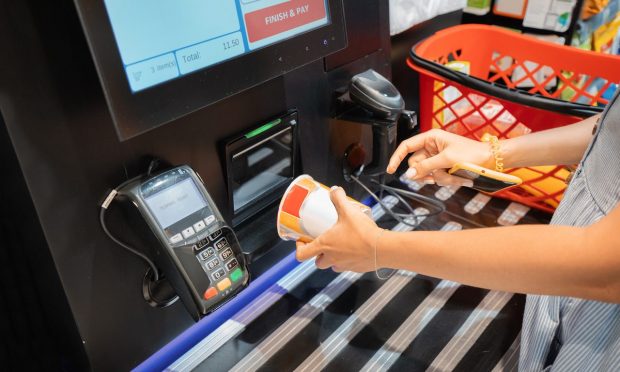Small Grocers Demand Hands-on Tech Service in Absence of IT Department

For tech providers to win the loyalty of small grocers, they need to get involved.
In an interview with PYMNTS, Dave Capaldo, director of IT at Massachusetts grocer Previte’s Marketplace, which has two locations, laid out the difference between the technology needs of smaller grocers and those of major brands.
“Smaller grocers don’t have an IT department, so we rely heavily on help from vendors,” Capaldo said. “If you’re looking at somebody like Kroger or other big grocers, they’ve got a fleet of people working on things like data and processing and all those things. That’s the key thing — we’re more reliant on vendors.”
Given this reliance, and given the complexity of grocers’ digital needs, it is essential that providers maintain close contact with merchants. Capaldo noted that the grocer’s current technology partner, Markt POS, which this month launched an all-in-one point-of-sale (POS) system designed for small- and medium-sized grocers, is the first provider he has worked with to offer high-quality, engaged service.
“It’s probably the most important relationship that a grocer has of all the vendors [they work with],” Capaldo said. “You can buy eggs from anybody, but your technology partner is critical, and having a close relationship and a good relationship [is the key].”
Additionally, he recalled that, in working with legacy systems in the past, the piecemeal way the technology was devised posed challenges for day-to-day operations. As these providers added options like integrated payments, self-checkout and data-gathering capabilities into their existing systems, the new additions did not “always work very well together.” The cloud-based system that the grocer is currently using, conversely, enables the more seamless addition of capabilities such as self-checkout and new analytics capabilities.
Certainly, many grocers are looking to add new digital payment capabilities soon. Research from “The Instant Payments Transformation Guide: Grocery, Pharmacy and Convenience Retailers,” a PYMNTS and ACI Worldwide collaboration, found that 35% of U.S. merchants, including grocers, plan to add or improve real-time payment features. Plus, 28% said the same of scan-and-go features within their apps and 25% of Venmo payments.
Many grocers’ innovation goals are being affected by the current inflationary environment and its impact on shopper behaviors. Previte’s, however, has the advantage of catering to a higher-income clientele, a group whose spending habits have been less affected by the current economic climate.
Some higher-income consumers even shop for groceries as often as once every few days. Research from PYMNTS’ study “Digital Economy Payments: Consumers Buy Into Food Bargains,” found that consumers who earn over $100,000 were the most likely to purchase groceries more than 10 times in a month, with 12% doing so, compared to 9% of those who make $50,000-$100,000 and 6% of those who make less than $50,000.